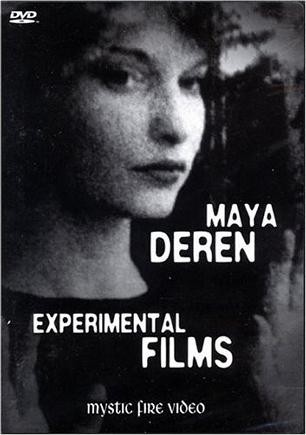Mao Zekun 52638877
Zhang Yiwen 52631077
Mao Shu 53049903
Cold
Our group members
are all very interested in Fluxus, Blast Theory and Generative idea. In the
last few classes, we learned about the Generative Idea. We want to use this
method to help us generate some ideas. And we all really want to do more Fluxus
artworks, so we create our own Fluxus idea and perform them in a public place.
Zhang Yiwen and
Mao Shu chose the word “cold” as their starting point of brainstorming. They
generated the idea of wearing many clothes to stand for cold, and the idea of
using ice-cream and ice to represent cold. They also combined the Fluxus
thoughts to them, making the original ideas more unordinary and special. They
also wanted to make our work like a complete performance. They thought that
putting on the clothes was like the preparation or starting of the performance.
So they added the action of taking a bow as the ending of the performance or
the performer giving thanks to the audiences. Eventually, there were four
actions. The first one is putting on all the clothes. The second one is giving the
eaten ice-cream to people. The third one is kicking the ice. The last one is
taking a bow to people.
The location was chosed
by Mao Zekun, which is the Exit H of Kowloon Tong subway station. Mao Zekun do want
to experience of doing some crazy Fluxus things in front of many people, so she
volunteered to be the performer. They other two people didn’t tell her what she
would do before. And we also wanted to try about the Blast Theory. So from this
perspective, Mao Zekun became the person who did the directions while Zhang
Yiwen and Mao Shu became the people who gave the directions. They used sending
text messages by mobile phone to give the instructions. And Mao Zekun did
everything they designed for her.
Before we started
our project, we found that all the experimental artworks always focused on the
process of making the works. They seldom recorded the reactions of audiences
when they saw some crazy behaviors. Actually, we all wanted to find out what
the reactions are when they see the crazy things. Thus, we wanted not only
recorded our own performance, but also audiences reactions. Thus,ut what was happening around them. Most of they did not notice our performer, but just keeping walking fast. After the filming, we thought about it a lot. Nowadays, many people still can not accept or understand the experimental art, some even think they are not art. We think the reason maybe is that most of people seldom pay attention to the creative things happening around them in their daily life. Even they pay attention to the art area, they are so conservative that they can not accept the creative or crazy ideas.
The process of making this work is really great. We all very enjoy it. We just hope th at people could spend less time focusing on their smart phones, spending some time to notice any creative or unordinary things in their daily lives. that's why in
our video sometimes Mao Zekun was out of focus while the audiences were in
focus. During the process, we suddenly found out that the majority of people
were not care abo













,+1979-1986.jpg)























